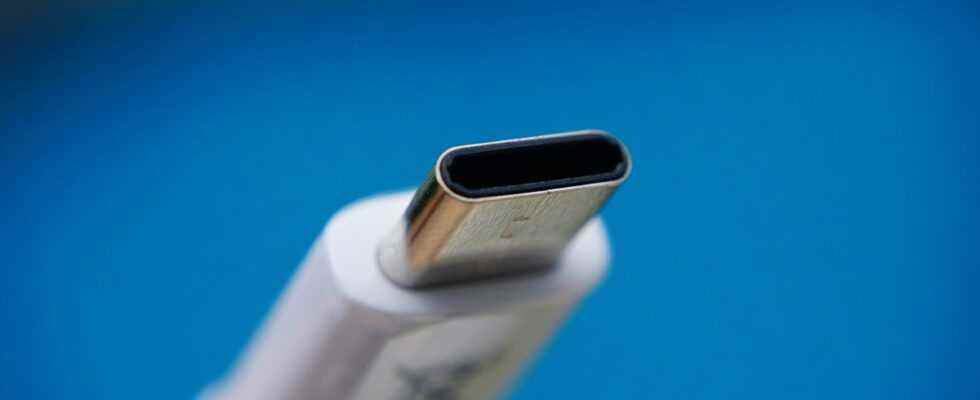The news falls badly for Apple. The apple brand will have to abandon its Lightning port in favor of USB-C … at least on the Old Continent. This follows the adoption on Tuesday of by agreement between member states and European Union lawmakers to institute a single mobile charging port – in this case USB-C – for mobile phones, tablets and cameras. This is a world first which should, according to EU Industry Commissioner, Thierry Breton, make life easier for consumers and enable them to save money.
The decision had been awaited for months, supported by the European Commission, which estimates the savings it could generate for European nationals at 250 million euros. It “will also allow new technologies such as wireless charging to emerge and mature without innovation becoming a source of market fragmentation and inconvenience for consumers,” Thierry Breton said on Tuesday.
According to Brussels estimates, half of chargers sold with mobile phones in 2018 had a USB micro-B connector, while 29% had a USB-C connector and 21% a Lightning connector.
A world first
However, such a decision will not only concern smartphones and tablets. Laptops will also have to comply with the legislation within 40 months of its entry into force. In the future, the EU executive will have the power to harmonize wireless charging systems, much to the chagrin of Apple, for whom the Brussels decision will harm innovation and generate a lot of additional electronic waste.
Remember that the subject is far from new for Brussels. A veritable sea serpent, the debate on the establishment of a single charger led in 2009 to an agreement between the European Commission and the main manufacturers of mobile phones. The latter undertook to finally provide a universal charger from 2010. While these agreements in principle have made it possible to considerably reduce the number of types of chargers, they have not resulted in a common standard.
In the 2014 Radio Equipment Directive, the European Parliament called for the development of a common charger and gave the Commission the power to pursue this project. Something now done, despite the vehement opposition of Apple on the subject. The Apple firm still uses its Lightning port to power iPhones, while Android devices are powered by USB-C connectors.
